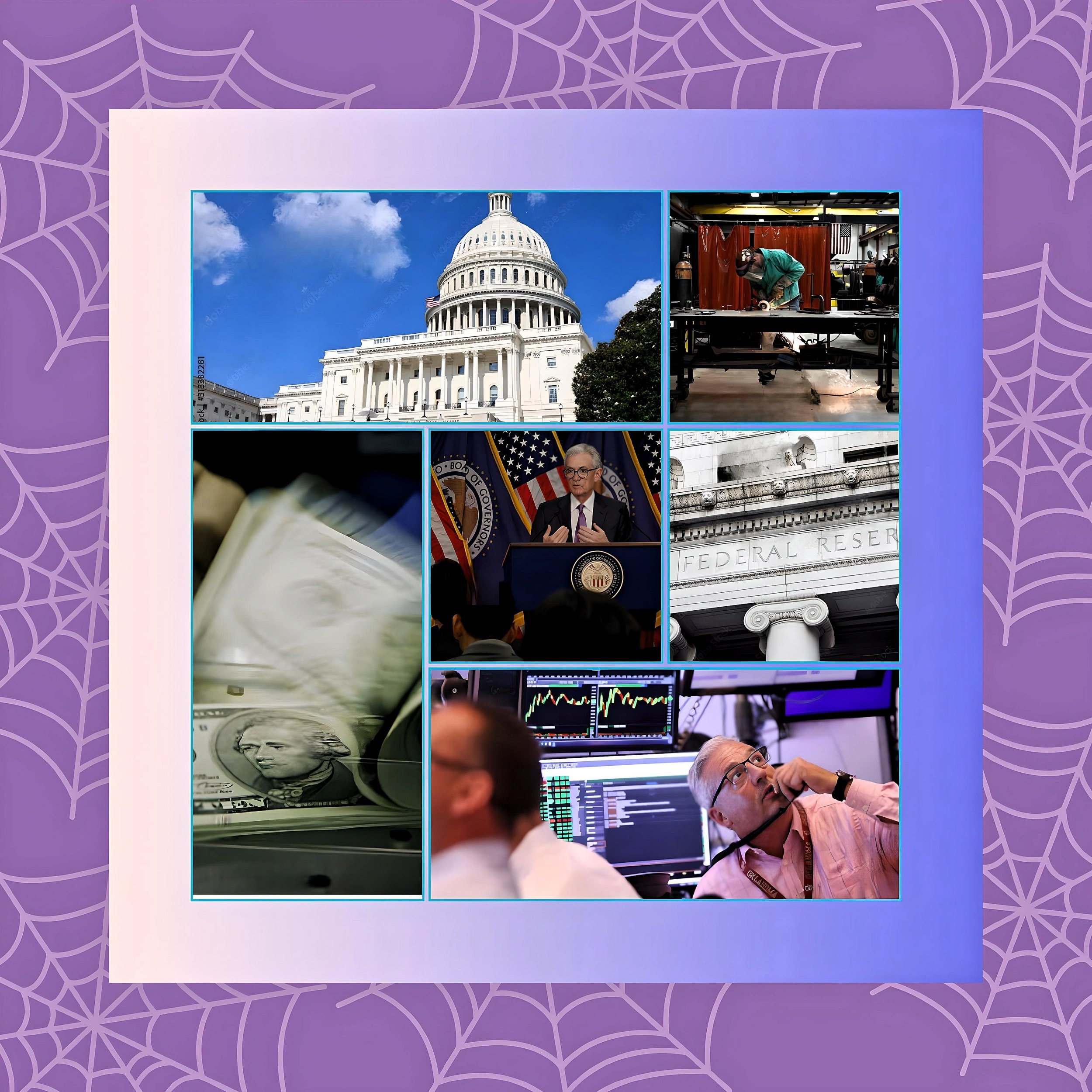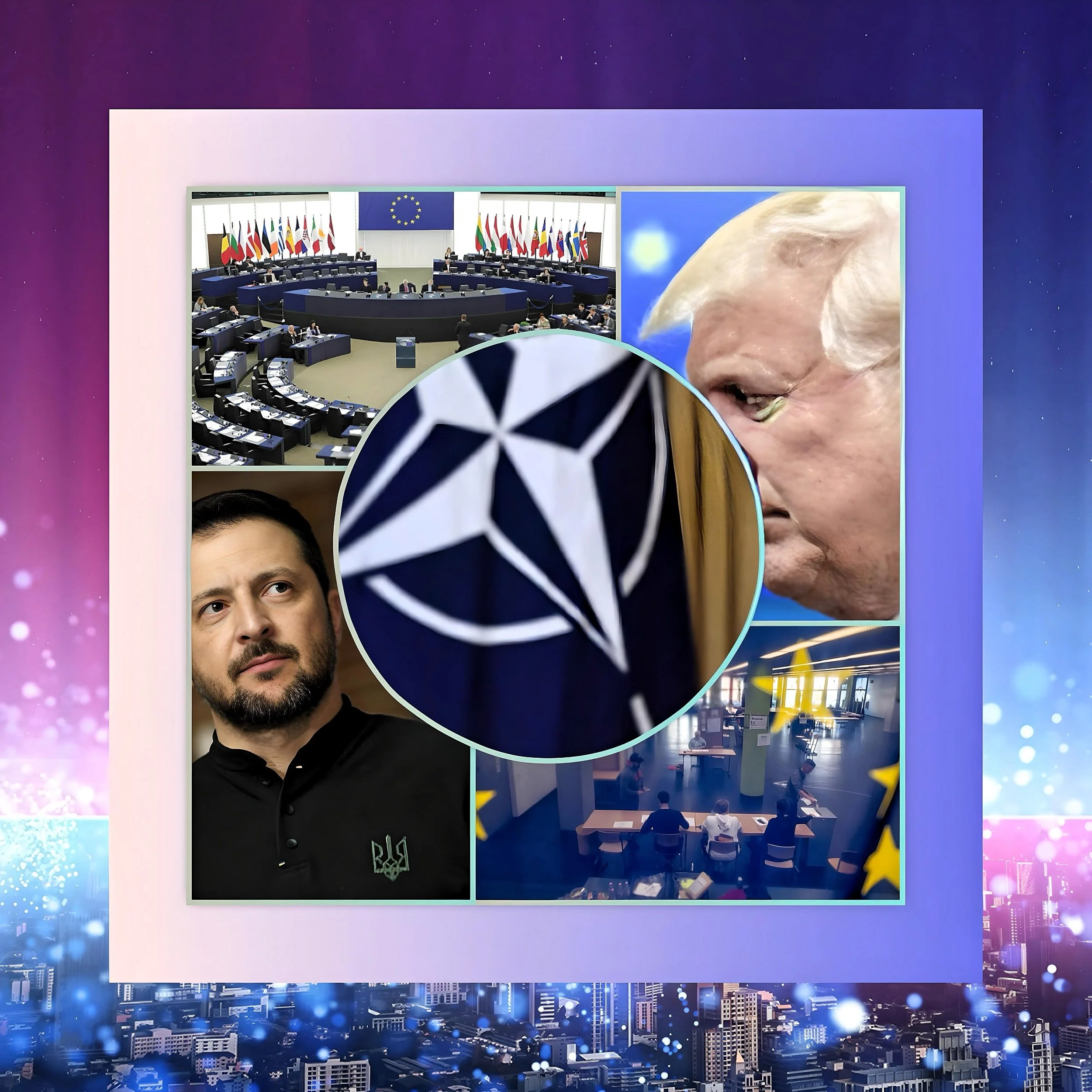The Resurgence of American Imperialism Under Donald Trump: A Critical Analysis Post-World War II
Introduction
The presidency of Donald Trump has ignited intense debate over the trajectory of U.S. foreign policy and its alignment with historical imperialist practices.
Since his re-election in 2024, Trump’s rhetoric and policy proposals—from territorial annexation to economic coercion—have signaled a dramatic departure from post-World War II international norms.
Our article examines whether American imperialism has reached unprecedented levels under Trump, evaluates arguments for and against this assertion, and forecasts the potential consequences for global stability over the next four years.
Historical Context of Post-WWII American Imperialism
The Foundations of U.S. Global Dominance
Following World War II, the United States emerged as a superpower committed to a liberal international order characterized by multilateral institutions like NATO and the United Nations. While critics argue that this era was marked by “soft imperialism” through economic and cultural influence, U.S. military interventions in regions like Vietnam, Latin America, and the Middle East underscored a willingness to enforce hegemony through force. The Cold War further entrenched this dynamic, as the U.S. positioned itself as the global counterweight to Soviet expansionism, often backing authoritarian regimes to suppress communist movements.
The Evolution of Imperial Ambitions
The concept of American imperialism evolved from territorial expansion in the 19th century (e.g., the annexation of Hawaii and the Philippines) to economic and ideological dominance in the 20th century.
The post-9/11 era saw a resurgence of militaristic interventions in Afghanistan and Iraq, framed as efforts to spread democracy. However, these actions were frequently criticized as neo-colonial ventures.
By the 2010s, the rise of China and internal political polarization began to challenge U.S. primacy, setting the stage for Trump’s “America First” doctrine.
Trump’s Expansionist Rhetoric and Policies: A New Imperialist Agenda
Territorial Ambitions and Military Posturing
Trump’s second term has been defined by explicit threats to redraw geopolitical boundaries. His administration has floated plans to seize the Panama Canal—a critical trade artery historically controlled by the U.S. until 1999—and annex Greenland, citing its strategic Arctic location and mineral wealth.
These proposals echo 19th-century colonial practices, with Trump Jr.’s symbolic visit to Greenland in January 2025 signaling seriousness.
Similarly, Trump’s suggestion that Canada could become the “51st state” through economic coercion (e.g., imposing 25% tariffs) reflects a disregard for national sovereignty.
Economic Coercion and Trade Wars
The Trump administration has weaponized trade policy to assert dominance, targeting allies and adversaries alike. In 2025, threats to renegotiate the U.S.-Mexico-Canada Agreement (USMCA) and impose tariffs on Denmark over Greenland exemplify this approach.
Such tactics align with a corporate-driven vision of imperialism, where economic predation replaces traditional colonization.
As Elon Musk and other billionaires influence policy, the line between national interest and private profit blurs.
Ideological Shifts: From Multilateralism to Unilateralism
Trump’s disdain for NATO and his transactional view of alliances mark a radical break from the post-WWII consensus.
By demanding that NATO members increase defense spending to 5% of GDP—far above the current 2% target—Trump undermines collective security frameworks.
This unilateralism emboldens adversaries like Russia and China, who perceive U.S. withdrawal as an opportunity to expand their spheres of influence.
Arguments Supporting the Resurgence of American Imperialism
Geopolitical Aggression and Territorial Expansion
Proponents of the imperialism thesis argue that Trump’s overt threats to annex territories and destabilize borders represent a return to 19th-century colonialism.
The Panama Canal and Greenland initiatives and rhetoric about “manifest destiny” directly invoke historical expansionism.
Former National Security Advisor John Bolton warns that such rhetoric legitimizes border revisions by force, encouraging adversaries like Russia in Ukraine and China in Taiwan.
Economic Nationalism as Imperialism
Trump’s trade wars and tariff policies reflect a form of economic imperialism aimed at subordinating weaker nations.
The administration reinforces dependency structures reminiscent of colonial extractivism by leveraging U.S. market power to extract concessions.
For instance, Trump’s demand that Mexico fund a border wall and his threats to withhold aid from Central American states unless they curb migration exemplify this coercive dynamic.
Ideological Continuities with Historical Imperialism
Scholars note parallels between Trump’s rhetoric and the racial hierarchies underpinning classical imperialism.
His derogatory remarks about “shithole countries” and preference for immigrants from Norway reveal a worldview that privileges Anglo-European nations while marginalizing the Global South.
This ideology justifies interventionist policies in regions like the Middle East, where Trump has proposed transforming Gaza into a U.S.-controlled “Riviera.”
Counterarguments and Critiques of the Imperialism Thesis
Incoherence vs. Strategic Vision
Critics contend that Trump’s foreign policy lacks a coherent imperialist framework, reflecting ad hoc decisions driven by personal vendettas and electoral calculus.
His oscillating stances on China—alternately confrontational and conciliatory—and impulsive diplomacy with North Korea’s Kim Jong Un suggest improvisation rather than a systematic agenda. Former officials like Bolton argue that Trump’s “America First” slogan masks an absence of strategic depth.
Economic Pragmatism Over Imperial Ambition
Skeptics view Trump’s actions as pragmatic responses to globalization’s dislocations rather than imperialist expansion.
Policies like reshoring manufacturing jobs and renegotiating trade deals aim to address domestic inequality, not establish overseas dominance.
While tariffs on Canada and Mexico may seem coercive, they could also reflect legitimate grievances over trade imbalances.
The Limits of Military Power
Despite bold rhetoric, Trump has been cautious about deploying troops. The 2025 withdrawal from Syria and reluctance to escalate conflicts with Iran contrast with the interventionism of predecessors like George W. Bush.
Moreover, constitutional and political constraints limit the feasibility of annexing territories like Greenland, which enjoys self-governance under Denmark.
Implications for Global Order and U.S. Alliances
Erosion of Multilateral Institutions
Trump’s unilateralism has weakened international bodies like the UN and WTO. His administration’s refusal to condemn Russia’s invasion of Ukraine at the UN in February 2025 signals a rejection of collective security mechanisms.
This vacuum empowers authoritarian regimes to flout international law, as seen in China’s aggression in the South China Sea and Russia’s consolidation of occupied Ukrainian territories.
Strained Transatlantic Relations
European allies, particularly France and Germany, view Trump’s NATO demands and overtures to Putin with alarm. The proposed “grand bargain” to cede Eastern Europe to Russia in exchange for countering China risks fracturing the Western alliance. Meanwhile, Trump’s threats to abandon Ukraine entirely could embolden further Russian expansion.
Rise of Competing Power Blocs
As U.S. influence wanes, middle powers like India and Brazil are reassessing their alignment. China’s Belt and Road Initiative and Russia’s Eurasian Economic Union offer alternatives to U.S.-led globalization.
This multipolarity could lead to a new era of “spheres of influence,” reminiscent of the 19th-century Concert of Europe but with heightened nuclear risks.
The Future Trajectory: Predictions for the Next Four Years
Escalation of Trade and Military Conflicts
Trump’s second term will likely intensify economic nationalism, triggering retaliatory tariffs from the EU and China. A full-blown trade war could destabilize global markets, exacerbating inflation and supply chain disruptions. Militarily, provocations over Greenland or the Panama Canal risk clashes with Denmark or Panama, potentially drawing NATO into unintended conflicts.
Domestic Polarization and Authoritarianism
Internally, Trump’s focus on cultural issues—such as abolishing birthright citizenship and militarizing the southern border—will deepen societal divisions. Pardons for January 6 insurrectionists and attacks on judicial independence suggest a slide toward authoritarianism, undermining democratic institutions.
Legacy of a Fragmented World Order
By 2029, the cumulative effect of Trump’s policies may be a world order defined by competing blocs, diminished U.S. credibility, and eroded sovereignty norms.
While some argue this chaos creates opportunities for middle powers to assert autonomy, others warn of a descent into great-power conflict reminiscent of the 1930s.
Conclusion
Donald Trump’s presidency has undeniably reshaped America’s role in the world, reviving debates about imperialism that many considered settled after World War II.
While his supporters frame “America First” as a necessary correction to globalization’s excesses, critics see a dangerous resurgence of expansionist policies that threaten global stability.
The next four years will test whether the U.S. can reconcile its economic interests with its founding ideals—or whether Trump’s imperialist impulses will leave a legacy of division and conflict.






